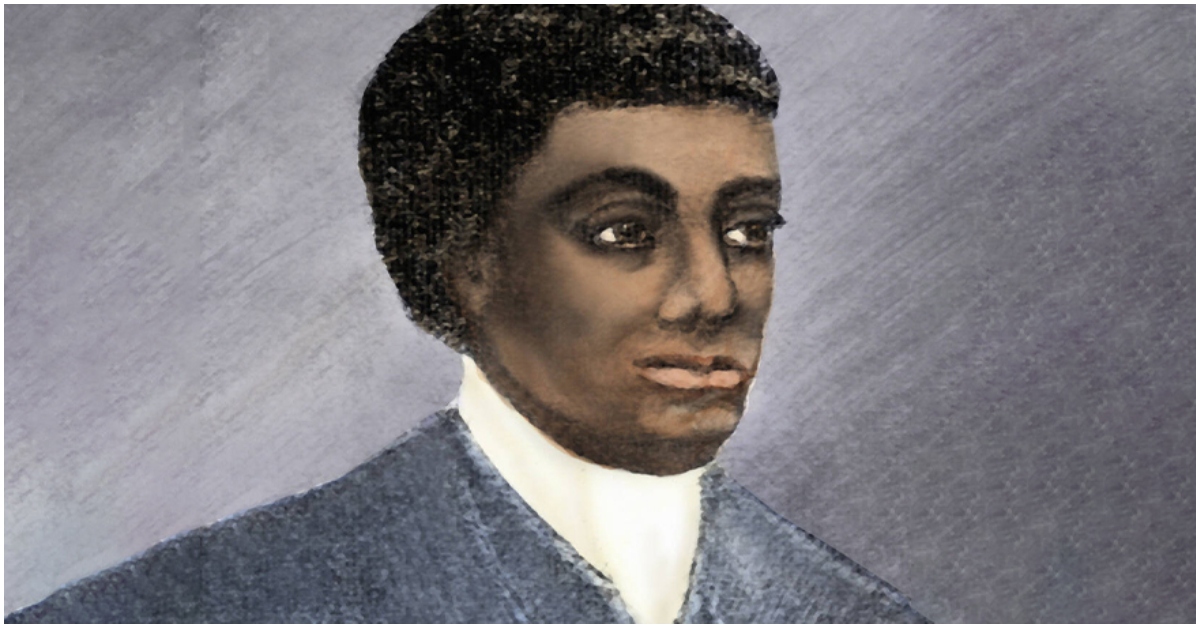Banneker’s Brilliance Spans Inventions and Activism
Born in 1731, Benjamin Banneker stands out as one of early America’s most accomplished polymaths. Though lacking formal schooling, this inventor, author, astronomer and anti-slavery advocate taught himself advanced subjects through relentless reading.
Banneker first drew acclaim in his 20s after designing and building a strikingly precise wooden clock – the first of its kind constructed in America. The pioneering timepiece reflected his innate mathematical gifts.
From Clocks to Cosmic Calculations
After his clockwork breakthrough, Banneker turned his vast talents to astronomy. Using borrowed books, he taught himself the sciences and accurately predicted a solar eclipse in 1789, later publishing acclaimed almanacs documenting astronomical events.
Benjamin Banneker complemented his technical prowess with writings advocating equality and condemning slavery’s cruelties. His 1791 almanac and letter urging abolition both found their way to Secretary of State Thomas Jefferson.
Saving and Survey Schematics of Washington DC
So impressed was Jefferson that he recommended Banneker’s inclusion on the capital city’s three-man surveying team. When the lead architect left the group, taking plans with him, Banneker’s sharp recall let him recreate Washington D.C’s intricate designs from memory.
Throughout a life spanning scientific accomplishments, mechanical innovations and speaking truth to power, Benjamin Banneker proved black excellence unequivocally. Though largely self-taught, his superior intellect and persisting integrity enriched early America unquestionably.
Two centuries later, this farmer, author, inventor and activist’s dynamic legacy endures. Banneker stands among history’s greatest scientist-scholars – whatever their race or resources.





